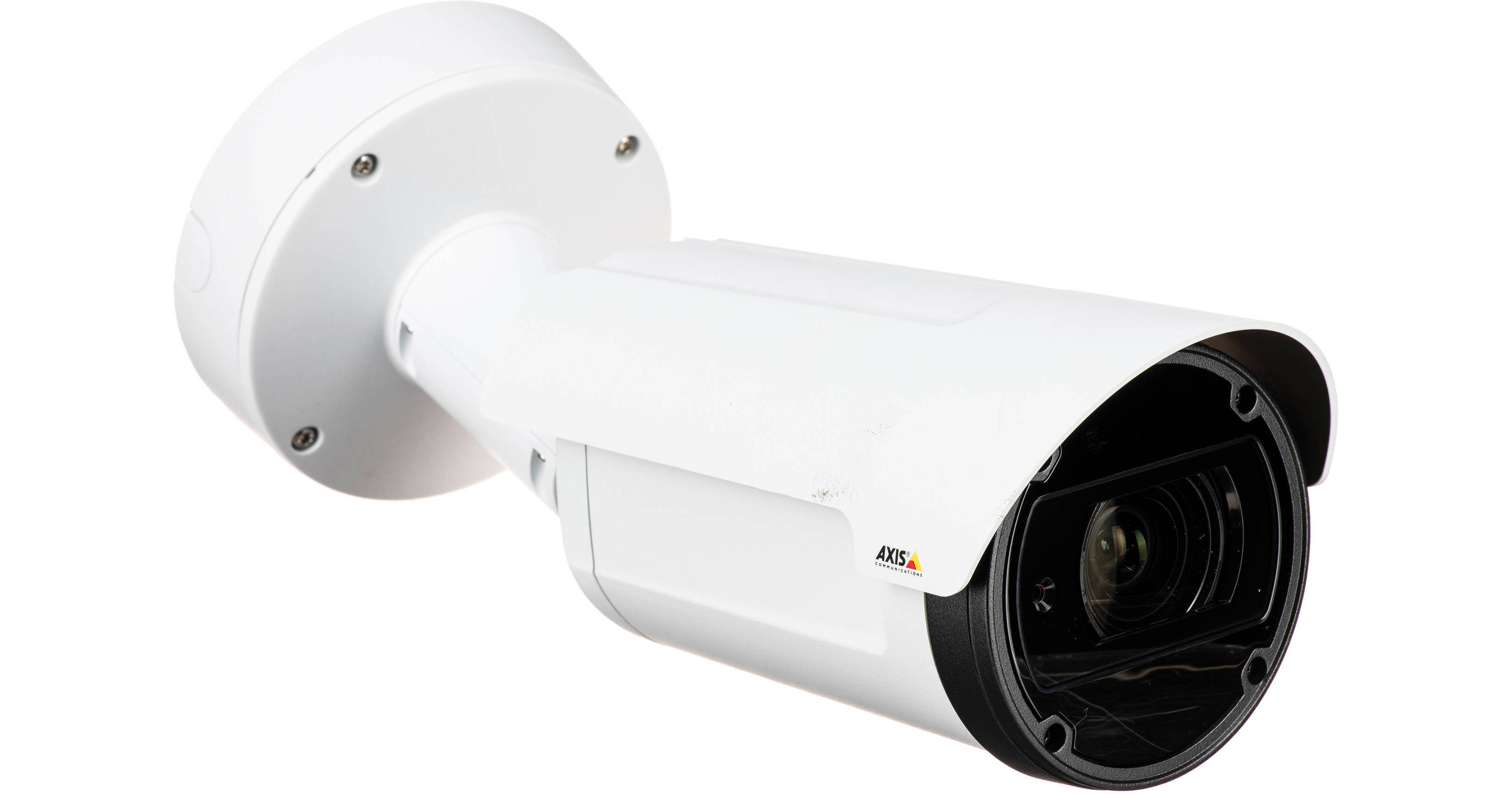


However, the behavioural capabilities and functional significance of polarisation vision systems in crustaceans remain poorly understood. Much is now known about the structures involved in invertebrate polarisation vision (reviewed by Wehner and Labhart, 2006). Some animals, such as cephalopods, have apparently evolved an acute polarisation sense as a substitute for colour vision ( Moody and Parriss, 1961 Messenger, 1981 Marshall et al., 1999 Temple et al., 2012). Animals, however, are known to use polarised light for a range of tasks, including the detection of bodies of water by airborne insects using surface-reflected polarised light ( Schwind, 1983 Schwind, 1991 Kriska et al., 1998 Horváth et al., 2011), intra-specific communication with inbuilt polarised body patterns ( Shashar et al., 1996 Chiou et al., 2008 Chiou et al., 2011), and navigation and orientation using the pattern of celestial polarised light ( von Frisch, 1949 Wehner, 1976 Dacke et al., 2003 Weir and Dickinson, 2012). The occurrence of null points in their discrimination curve indicates that this species employs an orthogonal (horizontal/vertical) receptor array for the detection of polarised light.Įxcept for the weak phenomenon of Haidinger's brush ( Haidinger, 1844 Le Floch et al., 2010), humans lack polarisation vision. This represents the most acute behavioural sensitivity to polarised light yet measured for a crustacean. The species Uca vomeris was found to be highly sensitive to polarised light and detected stimuli differing in e-vector angle by as little as 3.2 deg. A modified polarisation-only liquid crystal display and a spherical rotating treadmill were combined to test the responses of fiddler crabs to moving polarisation stimuli. Yet little is known about the capabilities of their polarisation sense.

Fiddler crabs are thought to possess the anatomical structures necessary to detect polarised light, and occupy environments rich in polarisation cues. stomatopod crustaceans), and as a possible substitute for colour vision (e.g.

desert ant), communication and signalling (e.g. Polarisation vision is used by a variety of species in many important tasks, including navigation and orientation (e.g.


 0 kommentar(er)
0 kommentar(er)
